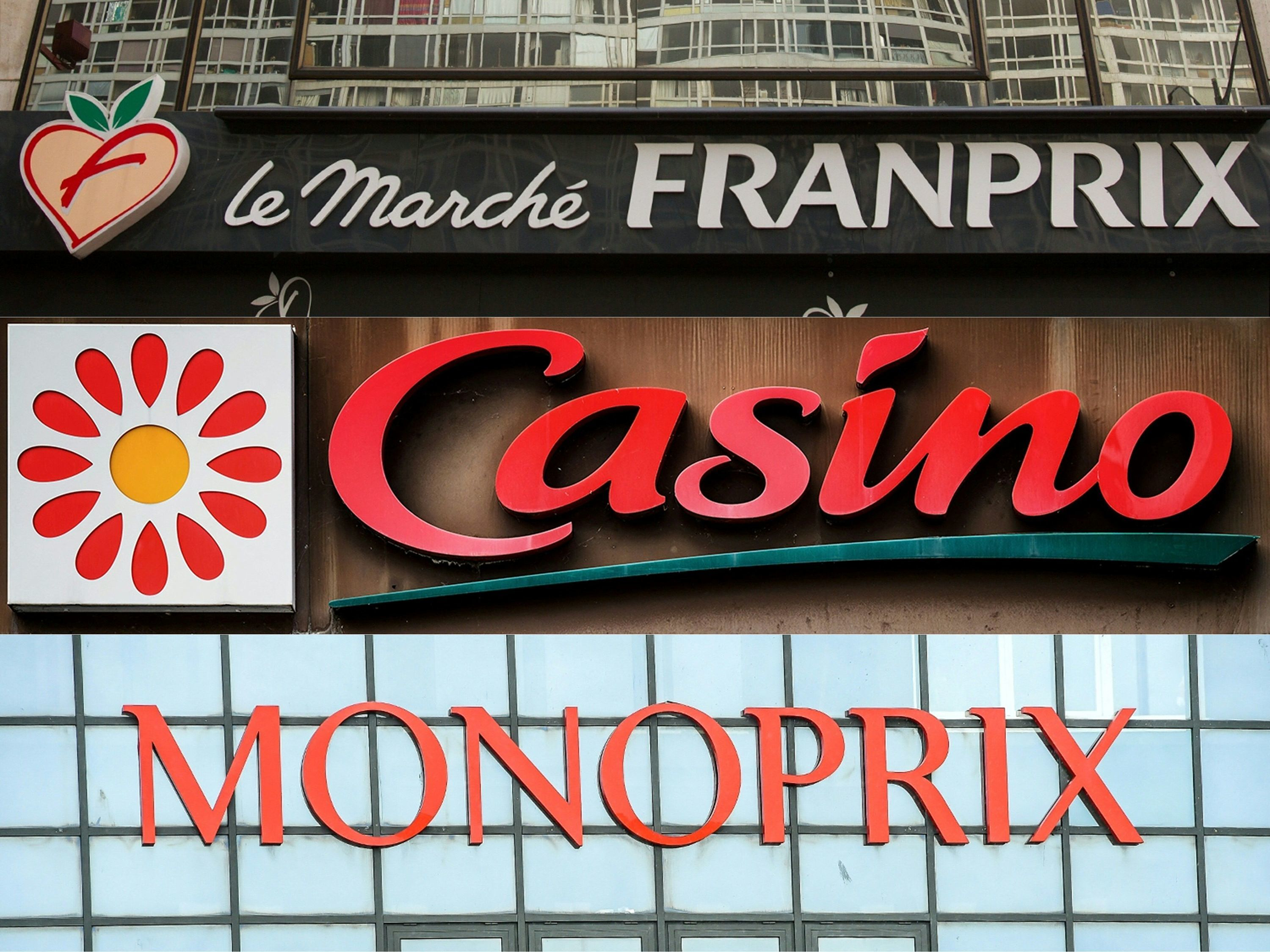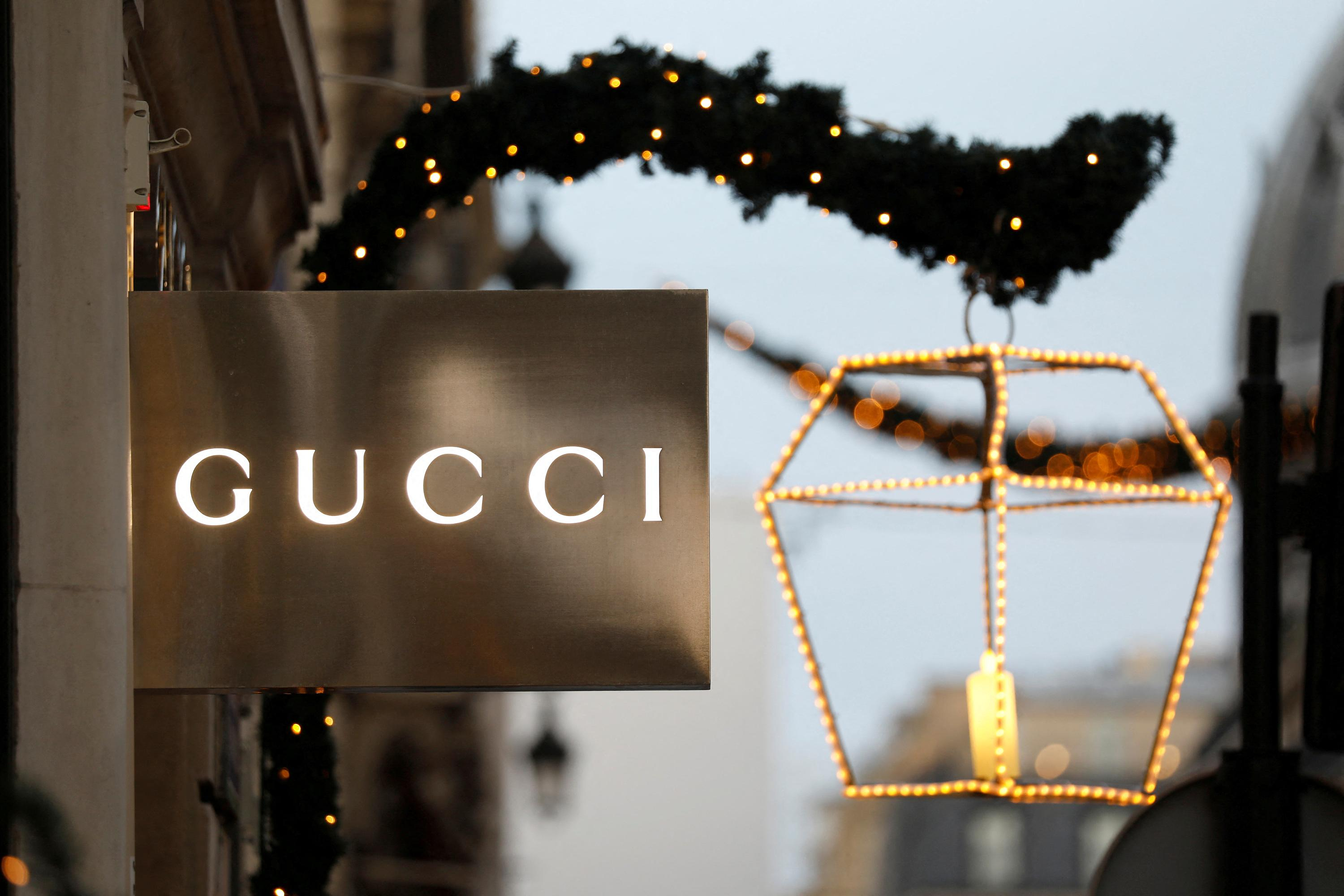The hop market to the west of the St. Nikolai memorial is being redesigned. In this way, the urban space, which was used as a vegetable market from the Middle Ages to the 20th century and now serves as a car park, should move from its peripheral location back into the focus of the citizens. In addition, an "Archaeological Window" will be created, which will permanently present the scientific findings on the New Castle: In the course of various excavations around St. Nikolai, the archaeologists found well-preserved remains of the Saxon ring wall system, which was built here 1000 years ago as a successor fortification to the Hammaburg. "With the redesign of the hop market, we want to make Hamburg's origins tangible for the general public by telling the story of the Neue Burg on site," says Senator for Culture Carsten Brosda (SPD).
In an urban development and open space planning competition organized by the authority for urban development and housing, a design was sought that would transform the hops market into an attractive open space and at the same time make the previously invisible, impressive ground monument tangible.
In the competition, initially with 30 teams of architects and landscape planners, and then nine in the second phase, two winners prevailed. A professional jury awarded the first prize to Duplex Architects with greenhouse landscape architecture. The design by MNO architects with Planorama landscape architecture Maik Böhmer came second. Before the final jury meeting last Wednesday, the authority called on all Hamburg residents to view the nine competition entries anonymously exhibited in the Altona Cruise Terminal and to comment in writing. The comments were incorporated into the decision of the jury.
The winning designs meet all the requirements for upgrading the hop market that were formulated by city planners and archaeologists in the run-up to the competition. The central element of the transformation is an exhibition building as access to an archaeological excavation that is yet to be carried out. In the underground exhibition area, a preserved cross-section through the 40-meter-wide, five-meter-high rampart of the Neue Burg is shown, which, according to Rainer-Maria Weiss, Director of the Archaeological Museum and member of the jury, "is perfectly preserved in its full extent and in all details in the ground slumbers".
Duplex Architects designed an elongated building that, with its airy wooden construction, is reminiscent of the temporary roofing of an excavation site. At the same time, the wooden pillars that support the slightly inward-sloping roof pick up the rhythm of the linden trees that grow on the hop market and are intended to continue to shape it.
The light building spans an incision in the ground, where the castle wall is impressive. The second-placed design also includes an unobtrusive pavilion as an entry point into the underground. MNO are also planning a window in the marketplace floor through which the wall can be seen for those who are in a hurry.
The New Castle, made of wood and earth and up to 170 meters in diameter, was built from 1021 and lasted 120 years. The castle area, ideally located between the Alster and the Elbe, then became the foundation of the Neustadt, inhabited by merchants, as the nucleus of the growing commercial and Hanseatic city. Accordingly, the Hopfenmarkt project is also about reintegrating the place into its historical environment between the old town and the Speicherstadt, which has been cut up by Willy-Brandt-Strasse since the post-war period.
The Hopfenmarkt will now also be an important building block for tourists on the historic path from the Trostbrücke to the Deichstraße, explained Weiss. "We hope that we can give this square back its dignity - and its urban significance," added senior building director Franz-Josef Höing, who was also a member of the jury.
Because the inner city - HafenCity axis is to be fundamentally strengthened, the competition tasks also included the open space design of a ground-level passage across Willy-Brandt-Strasse - as a replacement for the non-barrier-free pedestrian bridge to Cremon, which was demolished a year ago. All nine competition entries shown in the second phase rely on a green extension of the tree-lined hops market to the south and propose the planting of park trees on both sides of the street, on the traffic island and on the small square in front of the Bundesbank.
With the help of loosely distributed park benches on the former market place itself, the award-winning landscape planners want to transform the place next to the traffic lane into an oasis of peace. "The redesign of the hops market is part of a larger strategy for the inner city," explained senior building director Höing. One of their goals is the upgrading of public spaces. In the next step, the two award-winning teams will now be invited to a negotiation process.

 His body naturally produces alcohol, he is acquitted after a drunk driving conviction
His body naturally produces alcohol, he is acquitted after a drunk driving conviction Who is David Pecker, the first key witness in Donald Trump's trial?
Who is David Pecker, the first key witness in Donald Trump's trial? What does the law on the expulsion of migrants to Rwanda adopted by the British Parliament contain?
What does the law on the expulsion of migrants to Rwanda adopted by the British Parliament contain? The shadow of Chinese espionage hangs over Westminster
The shadow of Chinese espionage hangs over Westminster Colorectal cancer: what to watch out for in those under 50
Colorectal cancer: what to watch out for in those under 50 H5N1 virus: traces detected in pasteurized milk in the United States
H5N1 virus: traces detected in pasteurized milk in the United States What High Blood Pressure Does to Your Body (And Why It Should Be Treated)
What High Blood Pressure Does to Your Body (And Why It Should Be Treated) Vaccination in France has progressed in 2023, rejoices Public Health France
Vaccination in France has progressed in 2023, rejoices Public Health France The right deplores a “dismal agreement” on the end of careers at the SNCF
The right deplores a “dismal agreement” on the end of careers at the SNCF The United States pushes TikTok towards the exit
The United States pushes TikTok towards the exit Air traffic controllers strike: 75% of flights canceled at Orly on Thursday, 65% at Roissy and Marseille
Air traffic controllers strike: 75% of flights canceled at Orly on Thursday, 65% at Roissy and Marseille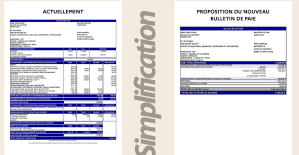 This is what your pay slip could look like tomorrow according to Bruno Le Maire
This is what your pay slip could look like tomorrow according to Bruno Le Maire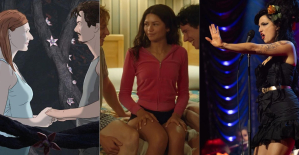 Sky Dome 2123, Challengers, Back to Black... Films to watch or avoid this week
Sky Dome 2123, Challengers, Back to Black... Films to watch or avoid this week The standoff between the organizers of Vieilles Charrues and the elected officials of Carhaix threatens the festival
The standoff between the organizers of Vieilles Charrues and the elected officials of Carhaix threatens the festival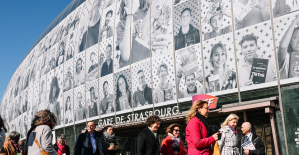 Strasbourg inaugurates a year of celebrations and debates as World Book Capital
Strasbourg inaugurates a year of celebrations and debates as World Book Capital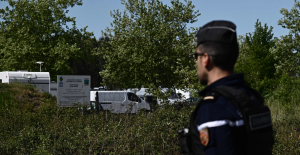 Kendji Girac is “out of the woods” after his gunshot wound to the chest
Kendji Girac is “out of the woods” after his gunshot wound to the chest Skoda Kodiaq 2024: a 'beast' plug-in hybrid SUV
Skoda Kodiaq 2024: a 'beast' plug-in hybrid SUV Tesla launches a new Model Y with 600 km of autonomy at a "more accessible price"
Tesla launches a new Model Y with 600 km of autonomy at a "more accessible price" The 10 best-selling cars in March 2024 in Spain: sales fall due to Easter
The 10 best-selling cars in March 2024 in Spain: sales fall due to Easter A private jet company buys more than 100 flying cars
A private jet company buys more than 100 flying cars This is how housing prices have changed in Spain in the last decade
This is how housing prices have changed in Spain in the last decade The home mortgage firm drops 10% in January and interest soars to 3.46%
The home mortgage firm drops 10% in January and interest soars to 3.46% The jewel of the Rocío de Nagüeles urbanization: a dream villa in Marbella
The jewel of the Rocío de Nagüeles urbanization: a dream villa in Marbella Rental prices grow by 7.3% in February: where does it go up and where does it go down?
Rental prices grow by 7.3% in February: where does it go up and where does it go down? Europeans: “All those who claim that we don’t need Europe are liars”, criticizes Bayrou
Europeans: “All those who claim that we don’t need Europe are liars”, criticizes Bayrou With the promise of a “real burst of authority”, Gabriel Attal provokes the ire of the opposition
With the promise of a “real burst of authority”, Gabriel Attal provokes the ire of the opposition Europeans: the schedule of debates to follow between now and June 9
Europeans: the schedule of debates to follow between now and June 9 Europeans: “In France, there is a left and there is a right,” assures Bellamy
Europeans: “In France, there is a left and there is a right,” assures Bellamy These French cities that will boycott the World Cup in Qatar
These French cities that will boycott the World Cup in Qatar NBA: the Wolves escape against the Suns, Indiana unfolds and the Clippers defeated
NBA: the Wolves escape against the Suns, Indiana unfolds and the Clippers defeated Real Madrid: what position will Mbappé play? The answer is known
Real Madrid: what position will Mbappé play? The answer is known Cycling: Quintana will appear at the Giro
Cycling: Quintana will appear at the Giro Premier League: “The team has given up”, notes Mauricio Pochettino after Arsenal’s card
Premier League: “The team has given up”, notes Mauricio Pochettino after Arsenal’s card




